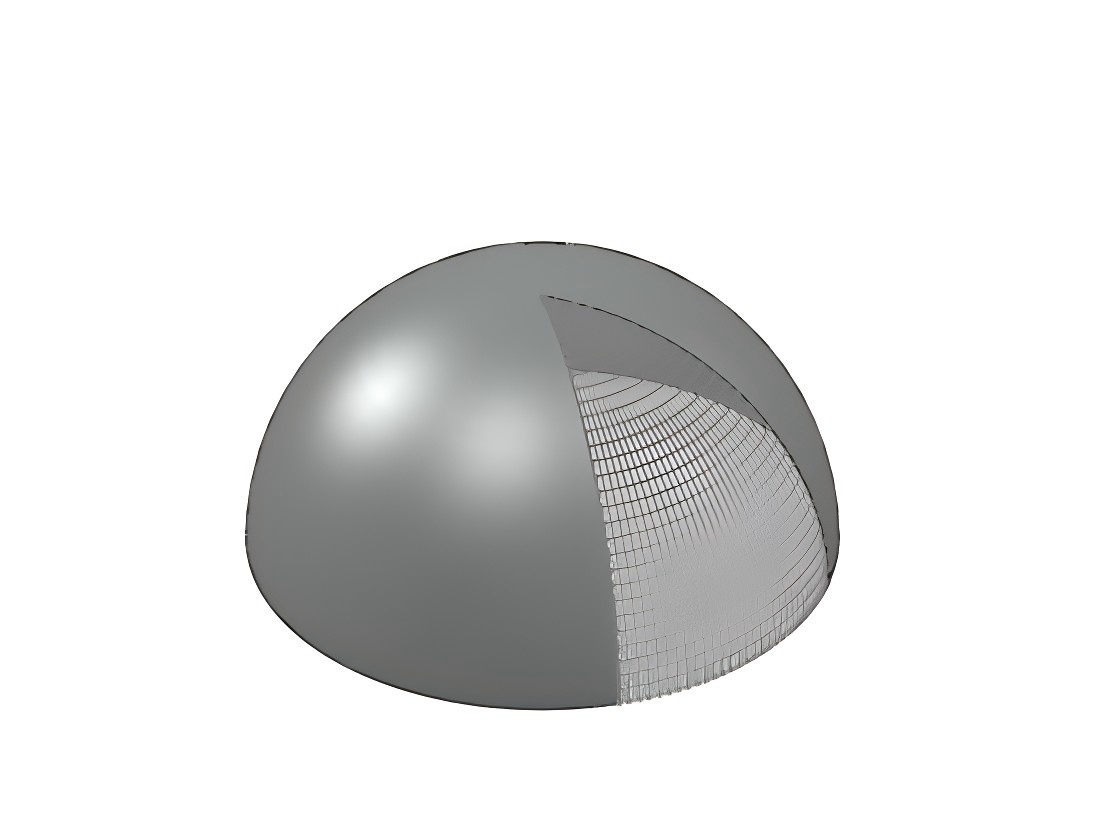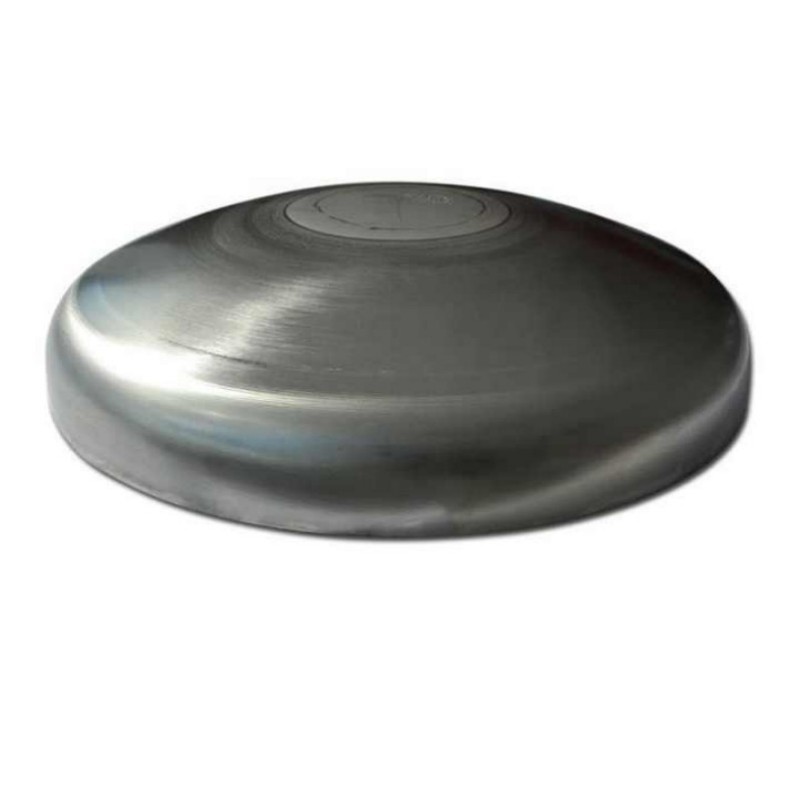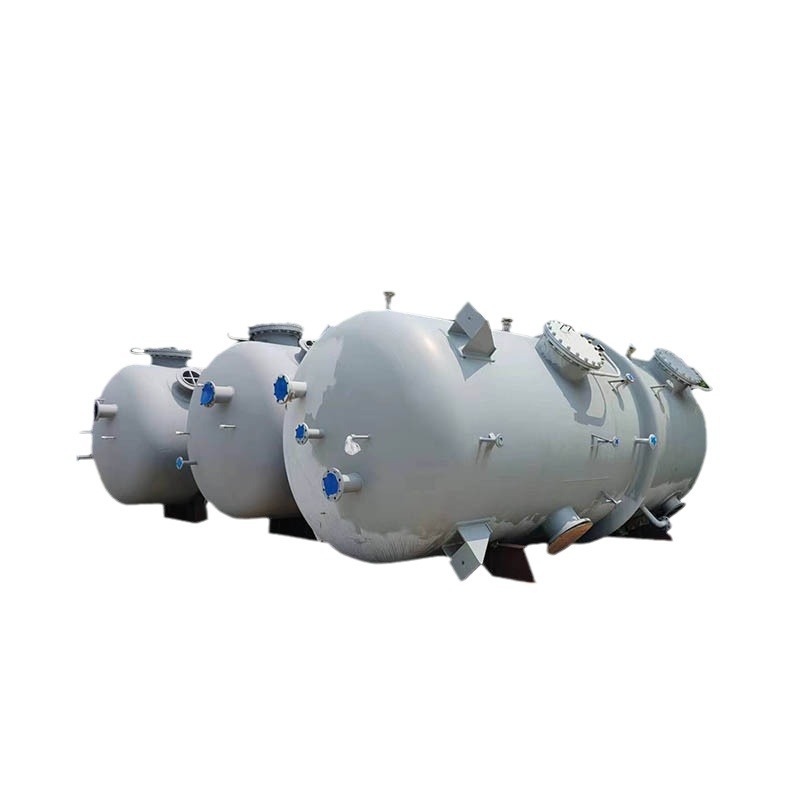Finite Element Stress Analysis of the Double-Opening Nozzle Structure of the Flat Head
Upload Time:
Jan 17, 2025
The double-opening nozzle structure on a flat head is commonly found in equipment like plate-and-shell heat exchangers within industries such as petroleum, chemicals, and energy.
The nozzle region on the flat head experiences structural discontinuities, which lead to intricate stress distribution patterns and local stress concentrations. Additionally, external forces acting on the flat head, such as the bending moments, axial forces, and torques from attached pipes, further complicate the stress distribution in the nozzle connection area. This necessitates a comprehensive study of the stress distribution behavior in the nozzle region of the flat head.
Summary of Findings:
-
Effect of Axial Tension on Stress Distribution: As axial tension in the nozzle increases, the maximum stress, membrane stress, and the combined primary and secondary stresses in the connection area of the double-opening nozzle on the flat head all show an increasing trend. Conversely, when axial thrust increases, these stresses (maximum stress, membrane stress, and primary + secondary stresses) in the nozzle connection area decrease.
-
Impact of Axial Load and Internal Pressure on Stress: The axial load applied to the nozzle, in conjunction with internal pressure, has a partial effect on the elastic stress distribution in the connection area of the double-opening nozzle. Increasing the nozzle's axial thrust load can significantly reduce the elastic stress concentration caused by the structural discontinuity in the nozzle's connection region. While internal pressure impacts the overall elastic stress globally, it has a more pronounced effect on the interface between the nozzle and the flat head.
-
Effects on Ultimate Load Capacity: Both internal pressure and axial load applied to the nozzle play a crucial role in determining the ultimate load capacity of the flat head's double-opening nozzle structure. The axial thrust applied to the nozzle enhances the ultimate pressure-bearing capacity of the nozzle region. As axial thrust increases, the ultimate internal pressure that the joint area can withstand also rises. However, an increase in axial tension on the nozzle reduces the ultimate pressure-bearing capacity, causing a continued decrease in the maximum internal pressure the connection area can handle.
-
Use of Linear Elastic Finite Element Method: The linear elastic finite element analysis method can be used to construct a relationship curve that correlates the ultimate load with the stress distribution in the double-opening nozzle connection area. This curve can provide guidance for the design and ensure the safe operation of pressure vessels with flat head double-opening nozzles.
This analysis highlights the importance of understanding how different loading conditions impact the stress and ultimate pressure-bearing capacity of flat-head nozzle structures, offering insight into design optimizations and operational safety.
Relevant News







